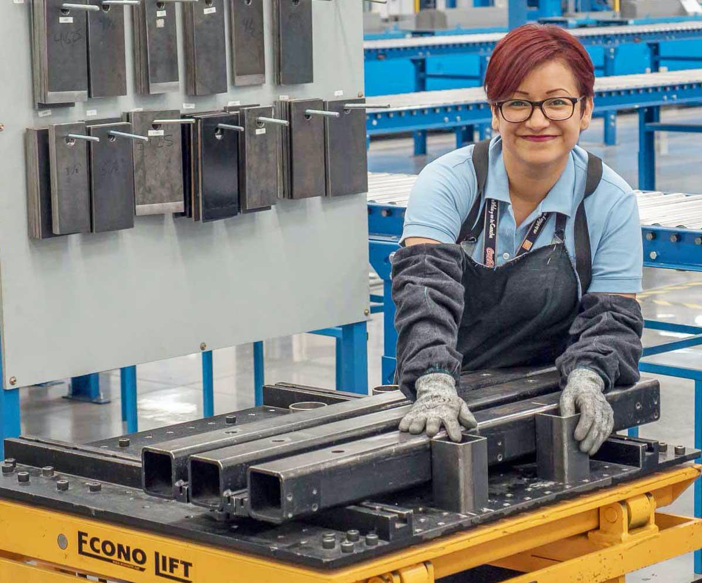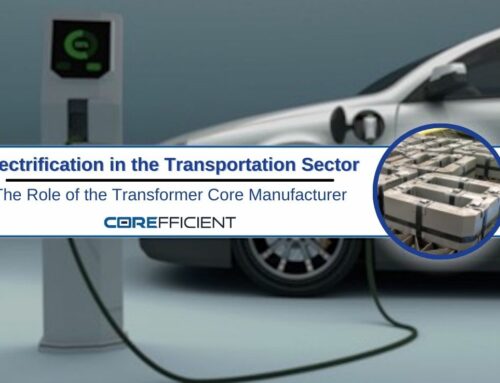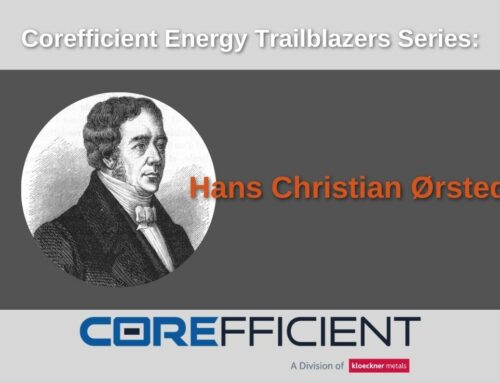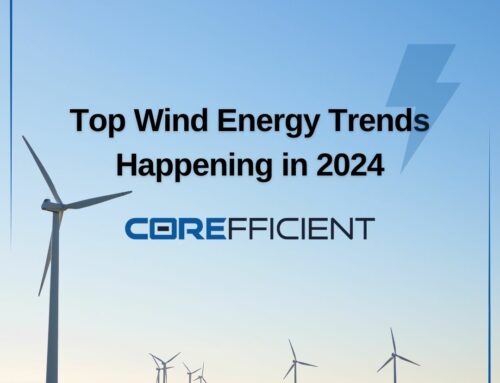
Known as an eccentric scientist, Nikola Tesla, a Serbian immigrant, was one of America’s greatest inventors, electrical engineers, mechanical engineers, and futurists. Tesla is credited with many important innovations and his ideas are still talked about today. “Among Tesla’s creations were the channeling of alternating current (AC), fluorescent and neon lighting, wireless telegraphy, and the giant turbines that harnessed the power of Niagara Falls,” according to Marc J. Seifer, author of Wizard: The Life and Times of Nikola Tesla.
In 1856, Nikola Tesla was born into a Serbian family in the village of Smiljan, Croatia. When he was five, his older brother died in a horseback riding accident, which significantly impacted his childhood. Tesla showed insight and ambition at an early age. Upon seeing a drawing of Niagara Falls, Tesla announced to his uncle that he would, one day, place a gigantic wheel under the falls and harness the energy of it. Years later, Tesla would, in fact, harness the energy of Niagara Falls. Tesla studied physics and other disciplines at the Polytechnic School in Graz, located south of Vienna, although he did not complete his degree there. He later enrolled at the University of Prague, where he advanced his knowledge of wave mechanics and, indirectly, alternating currents.
After university, Tesla got a job at the Budapest Telephone Exchange, a telegraph company, with duties that included work as a telephone line repairman. In his spare time, he fiddled with the equipment and once fashioned an amplifier, which repeated and boosted transmission signals. In essence, Tesla had invented a precursor of the loudspeaker. Tesla’s contribution to the company was invaluable, and he was named chief electrician. He next moved to Paris, where he worked at an electrical lighting/power utility company. Tesla finally immigrated to America in 1884, after being discovered by the manager of Thomas Edison’s Edison Machine Works company. In America, Tesla worked at Thomas Edison’s laboratory, often interacting closely with the world famous American inventor. While he improved and designed many new machines for Edison, Nikola left after 6 months, the rumored reason having to do with promised bonuses left unpaid. Not long after leaving the job with Edison, Tesla shopped his design for a motor and found a willing investment partner in George Westinghouse. While Edison had championed DC power, Tesla, with Westinghouse’s backing, championed AC power. This historical debate is popularly known as “the current war.”

“Edison developed direct current – current that runs continually in a single direction, like in a battery or a fuel cell,” explains the U.S. Department of Energy history, “[d]uring the early years of electricity, direct current (shorthanded as DC) was the standard in the U.S. But there was one problem. Direct current is not easily converted to higher or lower voltages. Tesla believed that alternating current (or AC) was the solution to this problem. Alternating current reverses direction, a certain number of times per second – 60 in the U.S. – and can be converted to different voltages relatively easily using a transformer.”
Tesla finally realized his dream of harnessing Niagara Falls as a power source on a large scale. “On November 16, 1896, Buffalo was lit up by the alternating current from Niagara Falls,” according to the Department of Energy, “[b]y this time, General Electric (which previously supported DC), had decided to jump on the alternating current train, too. It would appear that alternating current had all but obliterated direct current.” Today, we use primarily AC, but DC power is used for computers, solar cells, etc.
Tesla developed several ideas he could not bring to completion during his lifetime, like a particle-beam weapon and the Tesla coil, a wireless energy transmission system. Tesla is also credited with more than 700 patents, including the Tesla induction motor, which is widely regarded as one of the most important discoveries of all time. One of his other patents was for the radio, granted in 1900. Unfortunately, one of his former (and cutthroat!) students applied for the radio patent, based on Tesla’s lectures that he had heard. The patent office granted it to him based on the fact that Tesla already had too many patents, granted it, rather, to Tesla’s student. In 1943, the U.S. Supreme Court ruled in favor of Tesla’s radio patent – but the decision came after Tesla’s death.
Nikola Tesla died at the age of 86 on January 7, 1943. In his wake, he left behind a life that symbolizes for many the promise and opportunity of America. His whirling, electrical mind has inspired generations of scientists, engineers, and genius madmen.

Corefficient: An Energy Trailblazer
Here at Corefficient, we believe that our commitment to the use of high grade materials and machines, our commitment to product testing, and our commitment to energy conservation makes us a trailblazing company.
Materials and Machines. As a Corefficient transformer core client, you will benefit from our continuous flow annealing furnace, Tranco and AEM core forming machines, GEORG high speed cutting lines, and state-of-the-art material testing laboratory with the most accurate and reliable test equipment available in the industry. We are able to meet our customers’ needs in a timely manner, either as logs or fully assembled cores, with our high-speed, fully-automated precision cutting and stacking lines.
Testing. At Corefficient, we believe what makes us the most efficient transformer core manufacturer begins and ends with testing. Unlike our competition, we provide our customers with state-of-the-art electrical steel core services by testing our cores throughout the manufacturing process, from raw material testing and inspection, to interim processes to a final test. All results are recorded for each individual serialized core. The types of tests we run are Epstein testing, single sheet testing, Franklin testing, and dimensional testing.
Energy Efficiency. Corefficient is committed to offer the most efficient wound cores in the industry. At Corefficient, we value the environment, and, as a leader in the energy industry, we are committed to the conservation of energy and protecting the future from further environmental degradation. A successful business thrives on challenge, and the challenge that the environmental crisis presents has led Corefficient to innovate green transformer cores. Our understanding of the current environmental challenge has allowed us to grow in a direction of efficiency and minimization of energy losses during electrical transferal with energy efficient cores. We focus on constructing transformer cores with reduced energy loss that improve efficiency while reducing costs. Our testing has more purpose than creating good products, our assembled core electrical testing and special electrical product testing evaluate for energy loss and any other possible environmental concerns. Finally, our quality control laboratories within the production plants result in higher efficiency products.
All electricity must go through transformers, and the best way to reduce transformer energy loss is to choose the right energy efficient core.
More about Corefficient
Corefficient’s facility based out of Monterrey, Mexico is a transformer core company committed to adding value to their transformer core products. Combining experience and success in the fields of transformer core engineering, transformer core design, magnetic core expertise, hot and cold rolled steel, grain-oriented steel, electrical steel, and – most importantly – customer service.
Contact Corefficient’s sales engineer today at: 1 (704) 236-2510 or via our website’s contact us page.





